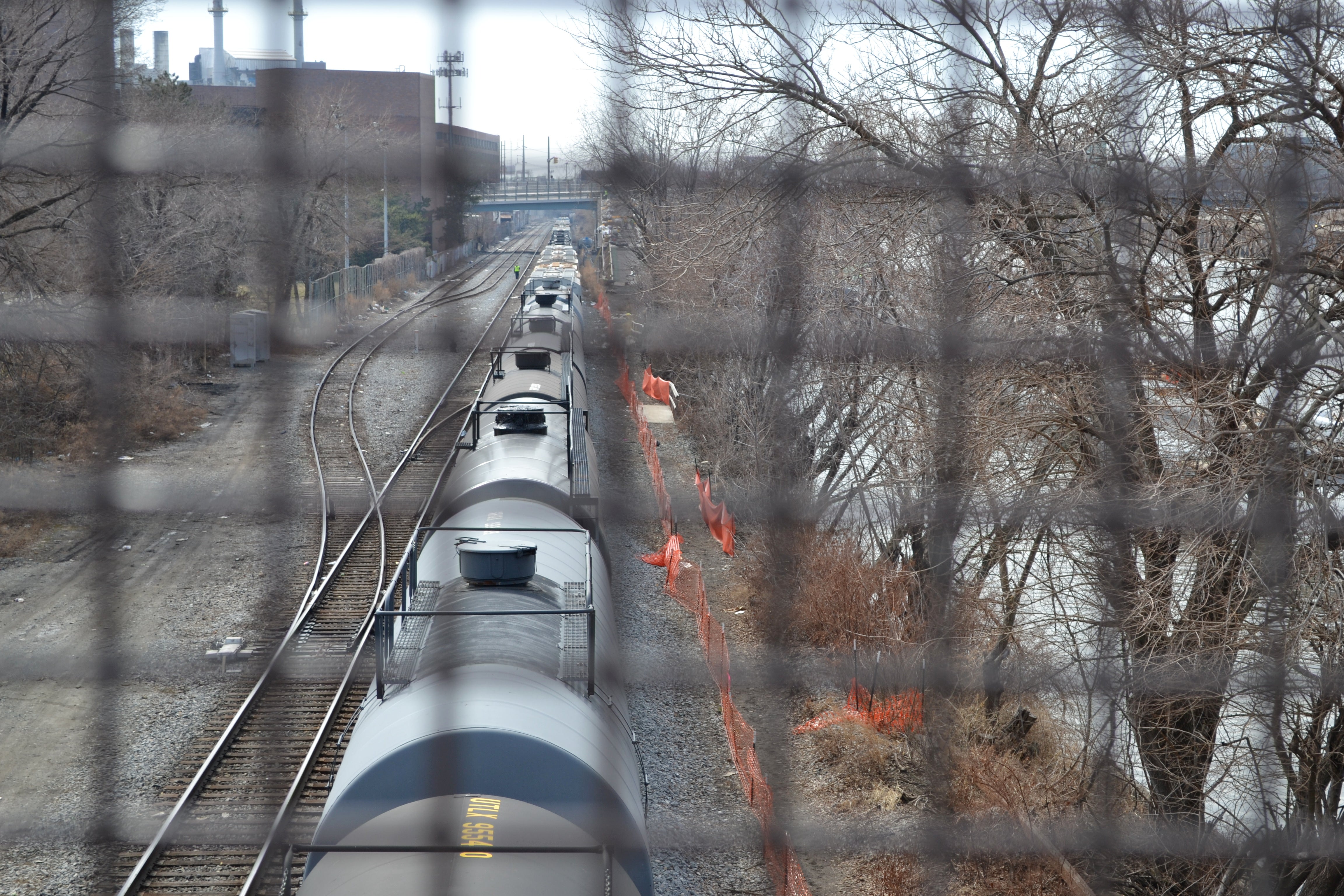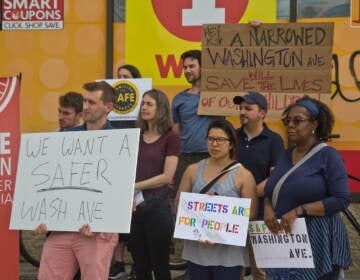Philadelphia to gain access to real-time CSX freight data

As a result of the January 20 CSX train derailment on the Schuylkill Arsenal Railroad Bridge, the City’s Office of Emergency Management will soon be able to log into freight rail company CSX’s software and see what materials CSX is moving through Philadelphia’s freight network and exactly where those materials are. Whether that information is enough was a highlight of discussion during today’s City Council hearing on that train derailment and the safety of other CSX rail properties.
The purpose of the hearing was to assess the safety of CSX’s rail infrastructure in Philadelphia and to determine what role, if any, the city can play in ensuring the infrastructure is well monitored and well kept.
“We have seen recent incidents when accidents, and they are accidents, happen to have unintended consequences that are drastic and long term for communities,” said Councilman Kenyatta Johnson, who led the hearing.
The city needs to pay attention to what types of chemicals are being transported and how they’re being managed, he said.
The City’s Office of Emergency Management (OEM) has always had the ability to call CSX and ask for information regarding the freight cargo passing through Philadelphia. Soon though, the city’s OEM will have access to CSX’s SecureNOW system which offers real-time information about hazardous materials shipping through Philadelphia.
The agreement, which was prompted by the derailment, is being reviewed by the city’s law department. If it is approved, Philadelphia and Washington D.C. will be the only cities in the country with this kind of real-time access to SecureNOW.
Councilman Curtis Jones, Jr. asked if having access to that information is enough. Should freight companies be required to notify Philadelphia when hazardous materials are being shipped through city limits, he asked.
Samantha Phillips, OEM deputy managing director, said the information is sufficient.
“I feel comfortable with the amount of information we have,” she said. “I’m more comfortable now that we can access it more quickly through the SecureNOW system.”
When it comes to chemicals moving through the city, Phillips said, “The volume is impossible to manage. It happens so frequently. What would we do with that information?”
Deputy Commissioner for Operations of the Philadelphia Fire Department Derrick Sawyer said having that information before an event happens does not greatly reduce the amount of time or readiness with which first responders handle a given incident. In most cases, crews must arrive at a scene to assess it first hand before making any major decisions, and while those crews are on their way to an incident, the Fire Department’s communications team is retrieving information about potentially hazardous materials and other factors like weather conditions.
Still, Jones said, “knowing what we’re dealing with is half the battle.”
“As a common citizen’s approach, I need to know if I need to bring a gun to a gunfight or a knife,” he said.
With all of the technology society has today, Jones said there should be an app for tracking what hazardous materials are being transported through the city.
“There should be an app for that,” he said. “That tells you everything that’s on the [freight] car, and if we’re not there yet, we should get there.”
WHYY is your source for fact-based, in-depth journalism and information. As a nonprofit organization, we rely on financial support from readers like you. Please give today.





